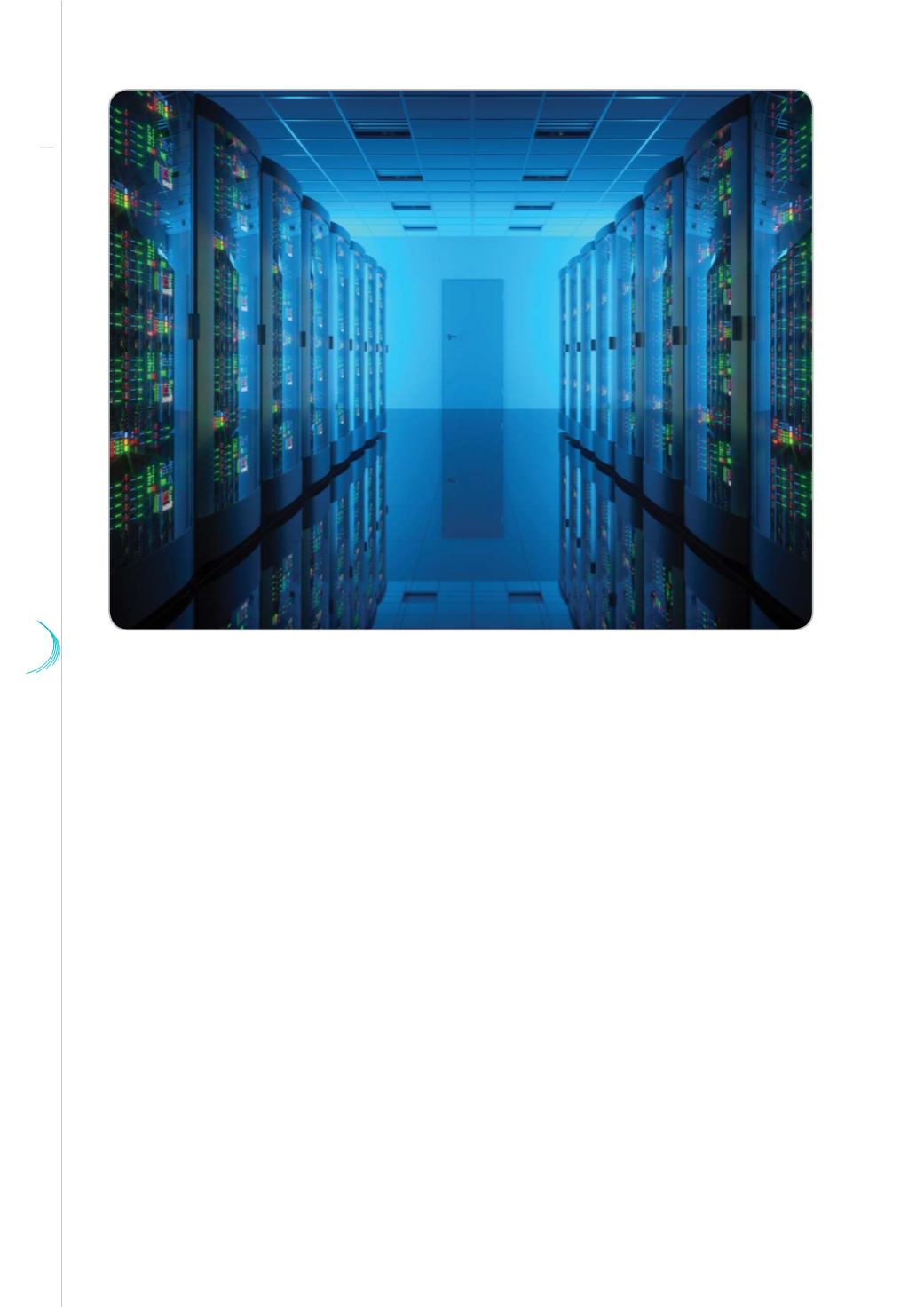

37 38
78
La Lettre
© Oleksandr Delyk - Fotolia
In today’s digital world, computer science and applied mathematics have played and keep on playing
a role that is as central as the power increase of computers. In computer science, algorithms have
flourished, driven by more and more diverse applications (images, sounds, videos, etc.) but also by such
internal reasons as the conception and production of circuits, networks, software and operating systems.
Algorithmic complexity, a theory which was born in the 1970s, studies the performances of algorithms
and optimizes them. Since the same period of time, our understanding of the mathematical foundations
of programming has gradually improved, first as regards syntax, with the theory of languages in which
our fellow Marcel-Paul Schützenberger has illustrated himself, then regarding the formal semantics of
programming languages, which led to more compact and safer languages and to formal verification
techniques for program correctness.
We witnessed the creation of databases with their fast indexing mechanisms, the development of modern
man-machine interfaces and the standardization of communication protocols efficiently connecting
machines within the networks. We then saw drastically new ideas come out, such as Web search engines,
which we cannot do without any more, or the systematic use of probability in algorithmics. Recently,
older ideas burst out: they were triggered by artificial intelligence but had to wait for very high computing
power to be available. Deep neural network-based learning now causes great disruption in as various
fields as Go game, the recognition of faces or objects in images, speech recognition, automatic language
translation, and the analysis of scientific data. If we bear in mind that the new and efficient methods of
multilingual translation use only few linguistic concepts, we do grasp a notion of how far it remains possible


















